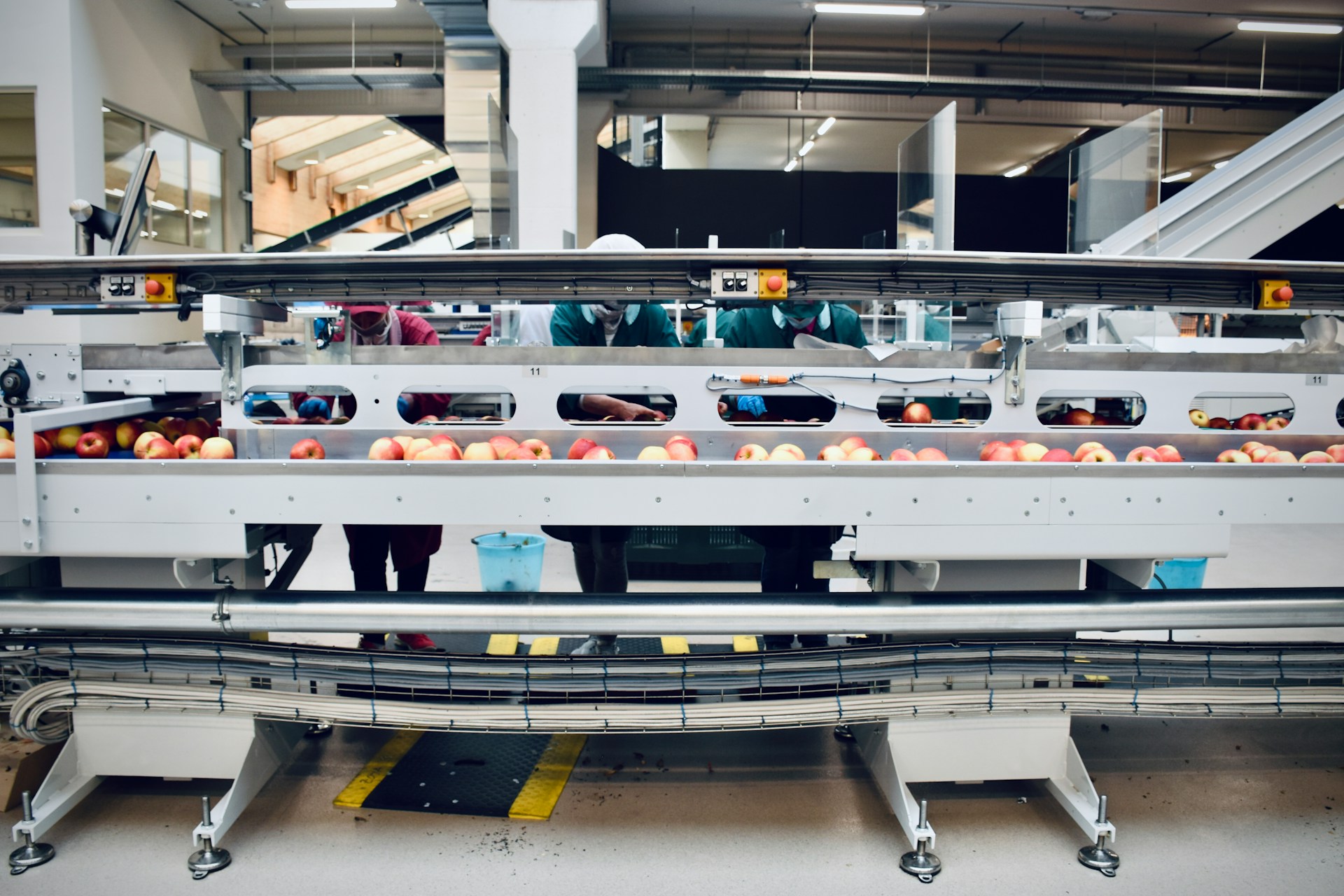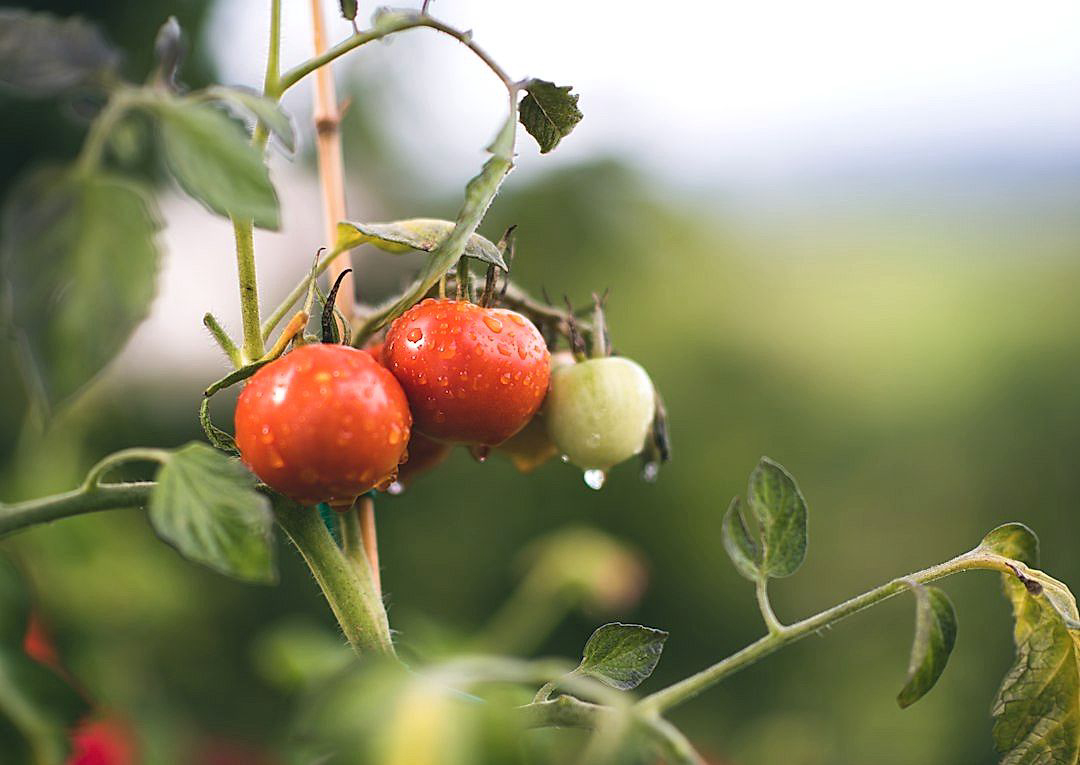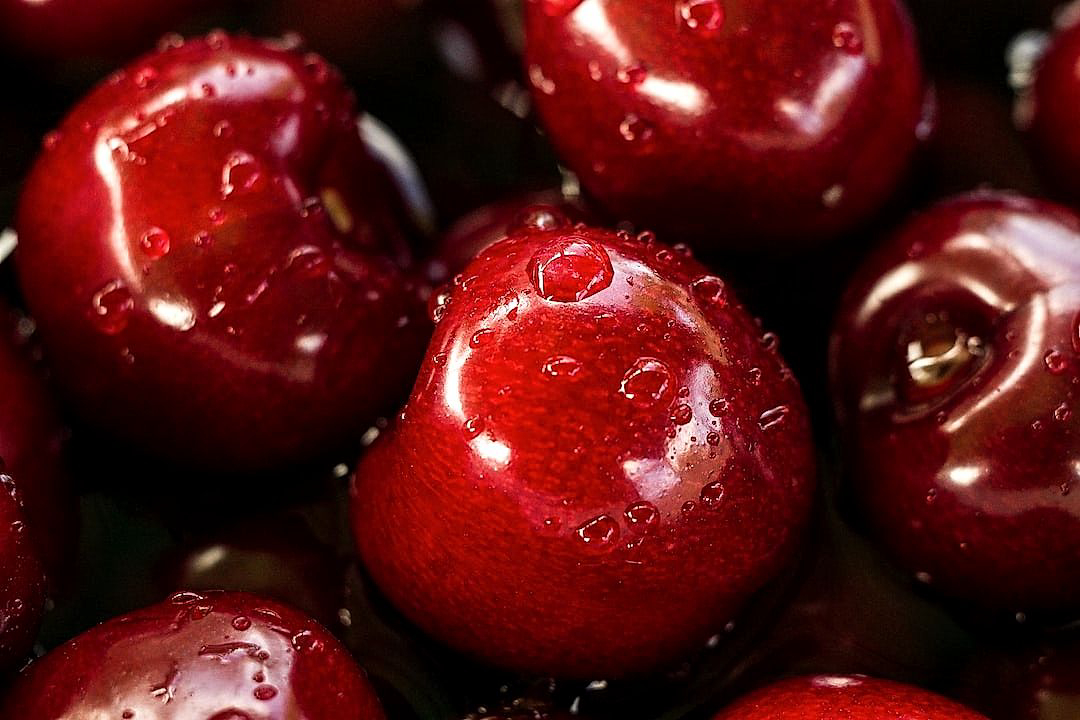Constant evolution in the modern industry has led to significant changes in the manufacturing and packing process of fresh produce.
Various advancements in technology and equipment have resulted in a remarkable shift in quality control practices.
Particularly, the domain of packaging for produce has notably benefitted from such innovations.
As we delve into this growing field, it is intriguing to gauge how these advancements have revolutionized quality control mechanisms.
Through this article, we aim to highlight and discuss distinctive upgrades in this sector.
Thus, offering an insight into the industry’s significant strides towards efficiency and precision in packaging operations.
Innovations In Packaging Quality Control Equipment For Produce
1. Near-Infrared Spectroscopy for Quality Assessment
In the constantly evolving world of produce packaging, Near-Infrared Spectroscopy (NIRS) has emerged as a crucial tool for quality assessment.
This non-destructive technology uses near-infrared light to analyze the composition and quality of fresh produce without damaging the food items in any way.
One of the distinguishing strengths of NIRS is its ability to assess a broad range of quality parameters simultaneously.
The probes used in NIRS are capable of accurately assessing various elements such as moisture content, acidity, sugar content, firmness, decay, and many more.
Furthermore, this technology can rapidly identify inferior or defective produce-items, which maximizes efficiency and reduces waste.
It is also worth noting that Near-Infrared Spectroscopy can be adapted for on-site or online quality control, offering flexibility to the growers, packers, and retailers.
The fact that NIRS can be used with minimal to no sample preparation is another significant advantage.
This not only speeds up the quality assessment process but also eliminates the risk of cross-contamination that can occur during sample preparation.
While NIR Spectroscopy might seem complex, it is, in reality, quite user-friendly and can be easily operated by non-technical personnel.
Moreover, the information obtained from NIRS can be instantly shared across various parties involved in the supply chain, ensuring transparency and traceability.
Investments in NIRS technology are therefore an investment in enhanced food safety, decreased wastage, and improved customer satisfaction.
On the flip side, the cost of implementation can be high, and there might be a learning curve associated with efficient usage of this technology.
However, over time, the increased efficiency and cost savings due to reduced wastage can significantly offset the initial investment.
It is clear that Near-Infrared Spectroscopy is a tool of paramount importance for innovations in packaging quality control equipment for produce.
The ever increasing demand for safe, high-quality fresh produce underlines the indispensible role and significance of Near-Infrared Spectroscopy in the quality assessment of packaged produce.
2. Advanced Imaging Technology for Defect Identification
The emergence of advanced imaging technology has tremendously impacted various fields, including the packaging quality control of produce.
As part of this broader technological movement, companies responsible for packaging and distributing fresh fruits and vegetables are now implementing imaging systems to help identify any defects and ensure only the highest quality of produce is maintained.
These systems use high-resolution cameras and complex algorithms to scan the surface of individual pieces of produce and identify any potential quality issues.
They are capable of spotting defects that might be too minute or subtle for human inspection, thereby improving accuracy and ensuring a much higher standard of produce.
Imaging technology has thus introduced a significant level of sophistication to the once manual and tedious task of sorting and examining agricultural products.
This advancement is particularly beneficial for produce which inherently comes with a variety of shapes, sizes, and colors, making quality control a complex process.
Advanced imaging technology not only speeds up the processing time but also improves the accuracy of defect identification.
Through machine learning algorithms, these systems can be trained to recognize a vast spectrum of defects, from bruises and rot to shape deformities and color inconsistencies.
This coverage is far more extensive than what a human eye can catch, thus significantly reducing the amount of inferior-quality produce being packaged and distributed.
In a rapidly growing world, where consumer demand for fresh produce is increasing, such technology is of immeasurable significance.
By using advanced imaging technology, companies can ensure that the produce reaching the consumers is of superior quality, thereby boosting customer satisfaction and maintaining a good reputation.
Moreover, these technologies are usually capable of fast and efficient operation, processing hundreds to thousands of pieces of produce per minute.
Such capabilities make the technology not only a powerful tool for maintaining quality but also a key asset in mass production scenarios.
Finally, advanced imaging technology contributes to waste reduction in the packaging industry.
By accurately identifying defective produce at the early stages of the process, less food waste is generated, as fewer inferior products make their way into the packaging and distribution chain.
3. Innovative Leak Detection Systems
In the context of produce packaging, it is essential to note that the integrity of a package can greatly influence the shelf life and quality of food products.
This makes the role of innovative leak detection systems crucial in the quality control process.
These advanced systems are designed to detect even the minutest leaks in packaging that could compromise the freshness and marketability of the produce.
Using these leak detection systems facilitates the identification of product containers that have not been properly sealed, thereby ensuring that only the best quality products reach consumers.
Moreover, by innovatively detecting and eliminating faulty packaging early in the production line, these systems can dramatically cut down on waste and improve operational efficiency.
Many of these systems leverage the power of advanced sensor technology that can detect a variety of different indicators of leakage, ranging from changes in package pressure to discrepancies in seal integrity.
For instance, some ultra-sensitive sensors utilize laser technology to identify traces of gases that may have escaped from the packaging, indicating a potential leak.
Others use high-frequency sound waves to locate and measure leaks, an approach known as ultrasonic leak detection.
It is also important to note that these innovative systems often employ advanced algorithms to interpret sensor data and make real-time determinations about packaging integrity.
Thus, the use of innovative leak detection systems ensures effective and efficient quality control for produce packaging.
Furthering this efficiency is the scalability of these systems, as many are designed to accommodate high-capacity packaging lines without sacrificing detection sensitivity.
The flexibility of these systems, along with ever-improving technology, allows for their adaptation to a variety of packaging sizes, shapes, and materials, adding to their appeal in the quality control process.
In effect, innovative leak detection systems have emerged as vital tools in enhancing packaging quality control standards.
Adopting such advanced quality control tools has the potential to keep produce fresh for longer periods, extend shelf-life and ultimately reduce food waste, thereby contributing to more sustainable food production practices.
With continuous advancements in technology, it can be expected that these systems will evolve even further to ensure the highest level of quality control for produce packaging.
4. Smart labeling for freshness tracking.
The evolution in smart labeling technology has proven to be extremely beneficial in the packaging sector, especially when it comes to monitoring the freshness of produce.
Smart labels make use of innovative technologies such as RFID (Radio Frequency Identification) and QR (Quick Response) codes to provide real-time information about the product to both businesses and consumers.
The introduction of these labels has not just transformed packaging, but they have essentially redefined quality control in the produce industry.
Smart labels can be customized with sensors that react to changes in the product’s environment, for example, an increase in temperature or humidity.
This allows for a more accurate and immediate assessment of the product’s freshness, leading to improved quality control.
One of the key benefits of smart labels is their ability to track a product throughout its entire lifecycle, from farming or manufacturing, through logistics and retail, and right up to the end consumer.
This level of transparency encourages a more efficient supply chain and reduces the possibility of poor quality produce reaching the consumer.
By using smart labels, businesses can quickly identify and remove any produce which does not meet the required freshness standards.
Consumers can easily access this information simply by scanning the label with a smartphone, ensuring they only purchase the freshest and highest quality produce.
Furthermore, with the aid of smart labels, retailers can prioritize the display of items based on their freshness, ensuring that the produce being sold is always at its peak quality.
The widespread adoption of smart labels would undeniably lead to greater food safety, reduced waste, and increased consumer trust.
However, for the full potential of smart labels to be realized, legislations need to be standardized around the globe, and consumers need to be educated about how to properly use and interpret the information provided by these labels.
Smart labeling technology is still in its developmental stages, and as it continues to be refined, it is likely to become a powerful tool in quality control for produce packaging in the near future.
As such, the incorporation of smart labels in the packaging of produce presents a promising outlook for the advancement of packaging quality control equipment.
Therefore, the utilization of smart labeling for freshness tracking is a promising and practical application of a technological innovation in the quality control of produce packaging.
5. Robotic Sorting Systems for Size and Shape
Innovations in packaging quality control have led to new progression in the form of robotic sorting systems which are specifical designed for size and shape variations in produce.
These technological advancements come with the added benefit of drastically increasing the speed and accuracy of the packaging process, thereby optimizing the workflow.
One key characteristic of these robotic systems is their incredible accuracy in distinguishing between various shapes and sizes of produce.
Through advanced imaging and artificial intelligence algorithms, they can effectively categorize and sort produce much more efficiently than human labor ever could.
This has the potential to save businesses countless hours of manual sorting work, allowing them to direct their labor force towards more productive tasks.
Moreover, these systems come equipped with state-of-the-art sensors for the most accurate detection of size and shape differences.
These sensors, coupled with advanced software, enable the robotic sorters to mechanically separate fruits and vegetables based on their specific dimensions.
As such, these innovations are a revolution for industries that previously relied on labor-intensive and time-consuming manual processes for produce sorting.
The accuracy of these systems also minimizes the risk of incorrect packaging, a common issue in produce packaging that can lead to significant losses.
Automated sorting can also detect quality variations in the produce, eliminating not-so-perfect items before they get packaged.
When it comes to cost-effectiveness, these robotic systems hold a significant economic advantage over manual labor, especially considering their year-round productivity and increased efficiency.
Not only do these sorting systems eliminate the possibility of human error, but they also ensure consistency in packaging quality which significantly boosts customer satisfaction.
With these state-of-the-art systems, industries can ensure that their customers receive only the highest quality of packaged produce marked accurately by size and shape.
In this way, robotic sorting systems present a decision that is not just beneficial for the business but also for the retailers and consumers.
With the advancement of technology, innovations like robotic sorting systems for packaging are increasing the efficiency, accuracy, and quality of produce packaging.
The advent of such technologies demonstrate a promising future for packaging industry where quality control is efficiently maintained.
The Bottom Line
The evolvement of food inspection technology in recent years has highlighted the potential of improving and safeguarding food quality.
From the advanced functionality of Near-Infrared Spectroscopy to the critical role of innovative leak detection systems, there is a continuous technological revolution refining the food industry’s inspection capabilities.
Smart labeling also presents strategic advantages in terms of freshness tracking while robotic sorting systems foster an efficient way of grading produce by size and shape.
A future where these technologies are fully embraced will undoubtedly transform the sector, not only improving our quality of life but also increasing productivity and reducing food waste.
The successful integration of these technologies will hinge on ongoing research, policy support, and industry-wide commitment.




